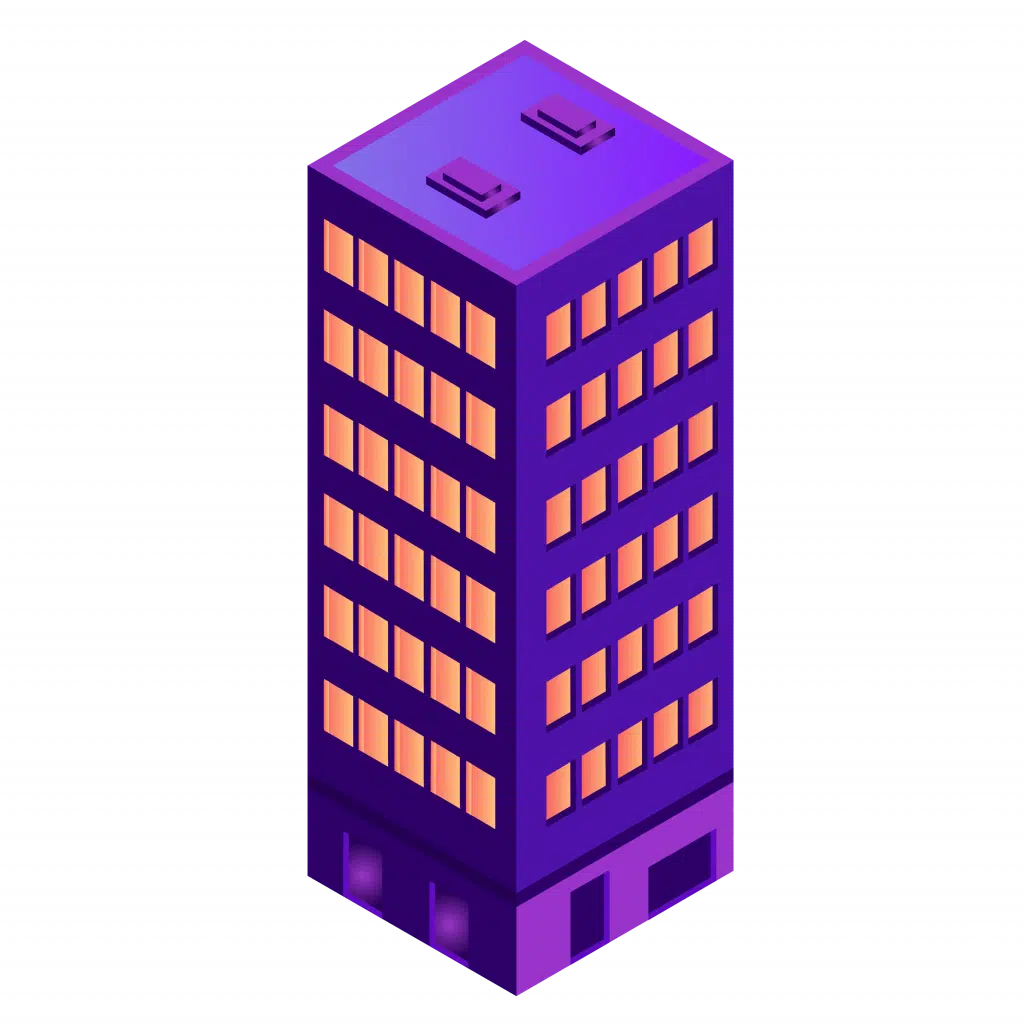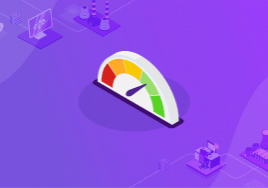Published 18/07/2023
Sustainability has become a crucial topic in the real estate sector because it can have a major influence on real estate energy costs. And in terms of the environment, real estate’s footprint is huge. The sector is responsible for nearly 40% of global GHG emissions. Around 10% is due to manufacturing materials, but the rest is due to the “buildings themselves and by generating the energy that powers buildings” (McKinsey). To align with international Net Zero goals, these emissions need to be reduced by more than 50% by 2030 (IEA).
The first place to reduce real estate energy costs is to reduce energy consumption. Failure to reduce energy consumption can not only lead to the devaluation of the assets in your portfolio, but also to hefty fines if you fail to meet energy reduction goals set by governments.
The time to act is now, and thankfully we can already act on specific levers, and we can implement existing technologies with proven results in the success of decarbonization strategies. In this article, we have put together actionable steps to help you reduce your energy emissions and costs.
TABLE OF
CONTENTS
01
02
03
04
05
06
01
Measure your Energy Consumption in kWh² per m²… and Make your Energy Register
The first step is to organize a list of all of your buildings and facilities and, for each of them, get (at least) yearly values about their energy consumption and their surface.
By multiplying the consumption (in kWh) with the performance (in kWh/m²), you will find kWh²/m². This calculation will give you very quick access to information about your properties that are simultaneously:
low in performance (high kWh/m²)
high in consumption (high kWh)
In other words, the sites you should focus on.
Small sites that are low in performance will bring marginal savings. They are not your priority.
This is the foundation of any energy strategy and it’s called the Energy Register.
02
Digitalize and Centralize your Data
Once you have performed your Energy Register, it is important to get your worst performing sites under control (i.e. those which are at the same time big in usage and low in performance). Check with the distribution operator or the energy supplier if you can access daily consumption data (using smart meters).
Let your building communicate by digitizing your data:
Smart meters will provide you with daily updates on performance, and they will let you identify potential drifts so that you can react very quickly.
Performance can be linked with external parameters (like weather conditions) to differentiate between abnormal energy usage and simple increase in the usage due to factors such as lower outside temperatures.
Using adapted dashboards with graphs and regular updates will make it easier to identify trends and patterns in energy use. This can help you quickly spot and act on energy consumption drifts, as well as plan your consumption to reduce peak time electricity demand, which will reduce your real estate energy costs.
Data can be centralized so it can be accessed by multiple teams easily using digital tools. Energy is a transversal issue, which is becoming a priority for more and more teams, so it is important that energy data is clear and accessible. This will improve efficiency and keep real estate energy costs down.
More advanced processes can be automated, such as energy consumption forecasts using artificial intelligence, which can help organize energy purchase more efficiently to keep costs down.
Having data at hand means that it will be easier to keep your energy Register up to date.

03
Implement a Decarbonization Roadmap Strategy
To reduce energy costs, it is essential to implement both a short- and long-term strategy. Many organizations claim that they will reduce energy consumption and costs, but actually don’t have an energy reduction plan in place. Not only will this help you with your costs, but will also benefit you with ESG targets and reporting, which are increasingly becoming obligatory. So the earlier you implement a decarbonisation roadmap strategy, the better the position you will be in to face these obligations.
According to McKinsey, “a major North American bank conducted analysis that found dozens of assets in its real-estate portfolio that would likely be exposed to significant devaluations within the next ten years due to factors including increased rates of flooding and job losses due to the climate transition. Additionally, a study of a diversified equity portfolio found that, absent mitigating actions, climate risks could reduce annual returns toward the end of the decade by as much as 40 percent.”
A comprehensive roadmap to take action is important, and it is necessary to have a global, comprehensive approach.
What are the keys for a decarbonization roadmap?
04
Set Concrete Goals and Track KPIs
For a decarbonization strategy to be successful, it is important to have concrete goals, and track your KPIs. This will help make sure that you are acting on your strategy and succeeding. If there are areas that need improvement, you will also be able to focus your efforts in the right places. Being able to measure, track, and achieve your energy reduction goals will also increase transparency, which is now requested by increasing regulations and most of all shareholder trust. Setting goals and tracking energy KPIs may even give you an upper hand when negotiating energy contracts, so that you can further reduce your costs.
"According to the Commission’s impact assessment, renovation would be needed at an average rate of 3 % annually to accomplish the Union’s energy efficiency ambitions in a cost-effective manner. Considering that every 1 % increase in energy savings reduces gas imports by 2,6 %, clear ambitions for renovation of the existing building stock are of great importance. Thus, efforts to increase the energy performance of buildings would contribute actively to the Union’s energy independence."
05
Make Improvements and Support Renovations
By measuring and analyzing your energy data, you can find areas for improvement and optimizations. This includes updating equipment and making renovations. By starting off with the implementation of a digital energy management system, you will be able to monitor the energy consumption of your properties, and clearly see where renovations should be made. This will not only be more sustainable and reduce costs, but also increase the chance of a higher ROI in the long run.
Building renovations are especially important. And we can see for example, that renovation strategies are a key part of the EU’s plan to reduce GHG emissions and increase energy independence in the EU Efficiency Directive.
Building renovations can start by small changes such as installing energy-efficient lighting (LED and CFL bulbs) and smart thermostats, as well as automating processes such as data monitoring. Bigger renovations can include the replacement of insulation materials, HVAC improvements, and the installment of solar panels to improve the amount of renewable sources in your energy mix. When considering the expansion of your real estate portfolio, it is also more efficient to opt for newer buildings which have recently been renovated.
06
Communicate Clearly and Encourage Behavioral Change
The energy transition is a social issue, so we must not forget that community and working together are especially important. This should not only apply in times of crisis, but in the long term also so that we can achieve goals in everyone’s interest.
To be able to communicate clearly and encourage behavioral change, you must educate and inform. You need to educate your staff and teams so that they are aware of the strategy and so that they can work towards achieving it, but also so they understand why the strategy has been put in place, so that they can be assured that they are working towards a common good and that their actions are making a difference.

How can you engage collaborators to succeed in your decarbonization strategy?
Education is also important, especially when considering stakeholders such as tenants, because while they may want to contribute to the reduction of their own energy costs, which affect them directly, they may not know how. By measuring and analyzing energy data, you will be able to see where optimizations need to be targeted, and these optimizations can be communicated to them. By having the data to back up these claims, you will have more credibility, and other stakeholders are more likely to contribute to the success of your decarbonization strategy. People need facts.
Small acts like switching the lights off in rooms when there’s nobody in them, collectively, can have an enormous impact. Making investments in such communication will help reduce real estate energy costs in the long term. For such communication strategies, the IEA recommends “working with behavioral scientists and specialists to deliver well targeted messages that will lead to sustained impacts.”
Want to learn more about how an EMOS can help you manage energy budget risks?












